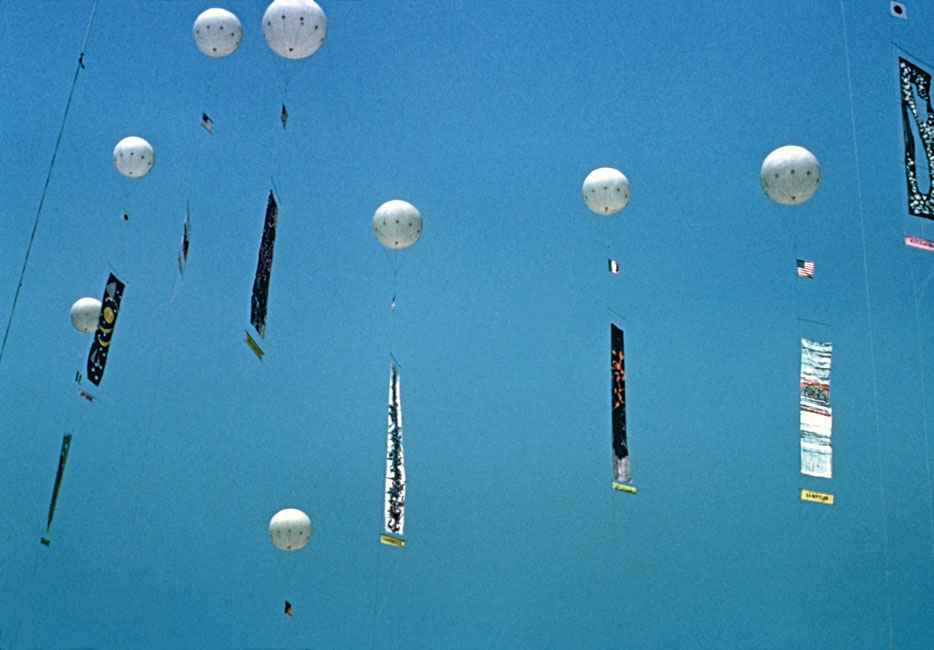One of my favorite scenes from Holy Motors is the accordion interlude
because it is the most sincere and upbeat. No matter how many times I watch it,
it just makes me smile. It’s a break from Denis Lavant’s complicated, hectic,
lonely life. The whole movie is a little sad because the main character does
not have a true identity and we only have disjointed glimpses to connect with
him. His character is tired and the audience does not know if he has a real
family to go home to. As an audience member, what is the point of a
conventional movie (like rom-coms) and relating to characters when they are
fictional anyway and don’t affect our lives? Holy Motors emphasizes the distance between the audience (us) and
the actors but still sucks us into a cycle of trying to figure out what’s going
on.
The scene starts out slow and dark,
easing the audience into it, and the deeper notes of the accordion (similar to
an organ) connect with the previously dramatic, off-putting scene. The
lighting, setting, and Levant playing his sad, slow song by himself make the
beginning of the scene very theatrical (like the writer’s thoughts about
cinematography in the of the rest of the film). The beginning could almost fit
into Phantom of the Opera because of
the emotional notes of the accordion and the candelabras.
The composition of the scene, moving
through the church space, and the multi-part musical score creates a visual and
audio labyrinth. There is no talking or typical movie interaction, but the
scene is still just as complicated and twisting as the rest of the film. In the
middle of the song, Levant turns back to contemplate who is around him and get
absorbed into the music similar to his thought process in the limo (he assesses
what he is doing and what he has to do next). Although this scene is just as
strategically planned as the rest of the movie, the fact that Levant has a
natural energy makes it seem more spur of the moment.
The accordion scene shows
camaraderie (reflective of a human experience) while commenting on flash mob
culture of the past couple years and musicals in film. It’s inspiring that a
group of people can come together to just have fun and make something (I have
this same feeling towards a lot of group artwork. The point of the scene is to
make the audience feel this way).
Levant has stripped all of his costumes and personas literally
because he wears only a white tank top and no makeup. The music is enjoyable
but for most of the scene Levant plays without showing any emotion making it
difficult to tell if he is still “acting.” The musical score, the
children in the midst of the band, and the background player’s smiling faces
make the scene pleasant to the audience because the characters are enjoying
themselves. The scene
is humorous because the
camera smoothly spins in the scene, revealing multiple angles of the space
while constantly centering on Levant, but the director will show a 360° view of one corner of the room and then out pop musicians
who weren’t there four seconds ago.

It’s a very modern scene in an old, dimly lit cathedral. Like the
rest of the scenes, the audience doesn’t get to know what happens next; before
the music ends the scene switches to Lavant in the limo again. We’ll never know
who those band members were, if they all go out for a drink afterwards, or if
they’ll play more music somewhere else.

























